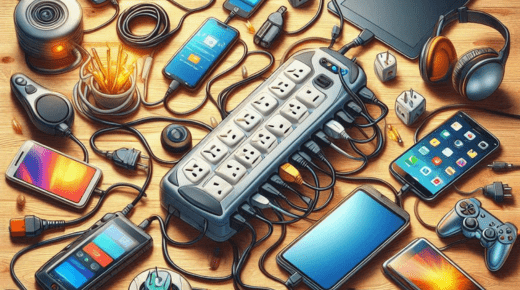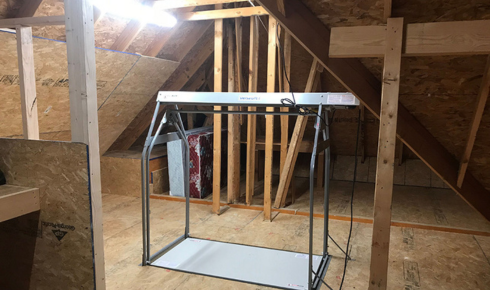
In today’s digital world, almost every home and office is filled with electronic devices — from laptops and TVs to phone chargers, gaming consoles, and kitchen appliances. With all these gadgets, it’s no surprise that power strips have become a household essential. But here’s a question many people overlook: How many devices can you safely plug into a power strip?
Let’s break it down.
Understanding Power Strip Limits
Most power strips come with multiple outlets — typically between 4 to 8 — giving the illusion that you can plug in as many devices as you like. But it’s not just about how many outlets are available; it’s about how much power those devices consume combined.
Power strips are usually rated for a maximum current (amps) or wattage. The standard power strip in the U.S., for example, supports up to 15 amps or 1,800 watts. Exceeding this limit can cause overheating, tripped breakers, or in worst cases, electrical fires.
What Happens If You Overload a Power Strip?
Overloading a power strip is more common than you might think. Plugging in multiple high-wattage devices — like space heaters, microwaves, or hairdryers — into one strip can quickly exceed its capacity.
Signs of an overloaded power strip include:
- The power strip feels hot to the touch
- Flickering lights or unstable device performance
- A burnt smell near the outlet
- The circuit breaker trips repeatedly
These are clear warnings that you need to unplug and redistribute your devices.
Calculate Your Power Usage
To avoid overload, it’s a good idea to estimate the power usage of each device. Here are some average wattages to keep in mind:
- Laptop: 60–90W
- Desktop Computer: 200–400W
- TV (LED): 100–200W
- Phone Charger: 5–15W
- Printer: 200–300W
- Space Heater: 1,200–1,500W
- Microwave: 1,000W
- Coffee Maker: 800–1,200W
If your power strip is rated for 1,800 watts, and your devices total up to 1,500W, you’re getting close to the limit — and should consider unplugging some or using a second strip on a different wall outlet (not the same one or daisy-chained).
Smart Power Strip Usage Tips
To stay safe while using a power strip, follow these tips:
- Don’t use power strips for high-powered appliances. Plug them directly into the wall.
- Avoid daisy-chaining power strips (plugging one into another).
- Choose strips with surge protection to safeguard against power spikes.
- Keep the area around the power strip clear to allow heat dissipation.
- Check the wattage rating before plugging in multiple devices.
Why GONEO Power Strips Are a Safer Choice
When it comes to choosing a reliable power strip, quality matters — and that’s where GONEO stands out.
GONEO power strips are designed with high-quality internal components, fire-resistant materials, and built-in overload and surge protection. They’re built not just to expand your power access, but to do it safely and smartly.
Some key features of GONEO power strips include:
- Clearly labeled power ratings, helping users avoid overloading
- Built-in circuit breakers that shut off power in case of overload
- Surge protection technology to guard your electronics
- Premium copper wiring for better conductivity and reduced heat buildup
- Modern designs with USB ports, perfect for home or office setups
Whether you’re powering up your work-from-home station, entertainment center, or kitchen gadgets, GONEO ensures safety and reliability every step of the way.
Final Thoughts
Just because your power strip has eight outlets doesn’t mean it’s safe to use them all at once. The key is understanding the total wattage draw, and using power strips the right way.
When in doubt, choose a brand that prioritizes safety — like GONEO — and always check your device’s power requirements. Your electronics (and your home) will thank you.



